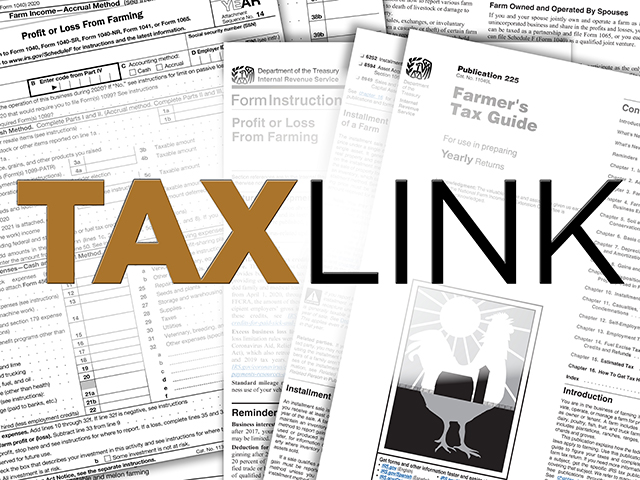Taxlink
C Corps Could Make a Comeback Under Biden
For the fiscal year 2021, the Congressional Budget Office projects tax revenue collected from corporations at $238 billion. To put that into perspective, corporations account for just 6% of all tax collections.
Because corporate tax is such a low-hanging fruit, it is expected that President Biden and the Democratic party will push for increasing corporate tax rates to 28% starting in 2022. In addition, capital gains tax rates might increase to 39% plus 3.8% Net Investment Income Tax. When looking at corporate and capital gains tax rates, in order to take $1 out of a corporation, the effective tax rate could be as high as 70.8%. This would put the U.S. corporate tax rates at the highest top tax rate in the industrial world.
Many farms were incorporated as C corporations in the 1960s, 1970s and 1980s. At the time, the highest corporate tax rate was lower than the individual rate, and C corporations allowed farmers to deduct personal expenses such as housing.
However, there was a price to pay.
Land contributed to a C corporation was trapped; the corporation had to pay tax on profits, and the shareholders paid tax on the dividend distributions or, ultimately, liquidation gains (double taxation). However, until 1986, there was an opportunity for closely held C corporations to liquidate without the double tax. That door closed more than 30 years ago.
P[L1] D[0x0] M[300x250] OOP[F] ADUNIT[] T[]
After the 1986 Tax Reform Act, individual tax rates went down. Many farmers looked at converting to an S corporation to avoid the double taxation, especially at retirement. This was especially the case if the stockholders were no longer living on the farm. Pass-through income tax treatment and reduction of self-employment tax were a big draw to farmers. The shift to S corporations accelerated when Congress started pushing for removal of C corporation benefits such as deductible employee housing.
Fast-forward to 2021.
Most C corporations have been converted to S corporations. Those that have not converted usually fall under a few categories. First, those that continue to use the C corporation structure to expense employee housing. Second, those that have negative tax attributes that prohibit changing to an S corporation.
To expand on tax attributes, if you want to convert a C corporation into an S corporation, there is a hidden wrinkle called the built-in gains (BIG) tax. For a period of five years after the S corporation election is made, the shareholders recognize additional tax on the gain that was on the books as of the date of the switch. Another issue with changing to an S corporation is the loss of certain tax attributes. If the C corporation had a net operating loss, it can only be used to offset BIG tax after the switch. Any excess would be suspended until the S corporation converted back to a C corporation. S corporation shareholders may not be able to utilize prior-year losses generated by the corporation when it was a C corporation.
Just as we thought C corporations were dead, the Biden tax plan may have placed C corporations back on life support. Biden has proposed subjecting S corporation K-1 income to self-employment tax (currently it is not subject to self-employment tax). Biden also proposed eliminating 199A (Qualified Business Income Deduction) for incomes over $400,000. Although there are other benefits for converting to an S corporation, under certain circumstances, staying a C corporation might be the right call.
**
-- DTN Tax Columnist Rod Mauszycki, J.D., MBT, is a tax principal with CLA (CliftonLarsonAllen) in Minneapolis, Minnesota.
-- Read Rod's "Ask the Taxman" column at about.dtnpf.com/tax
-- You may email Rod at taxman@dtn.com
[PF_1021]
(c) Copyright 2021 DTN, LLC. All rights reserved.



